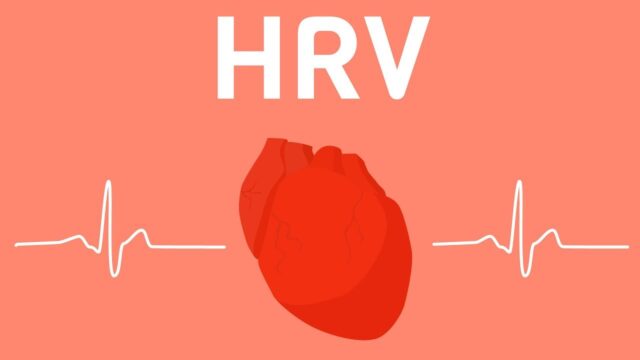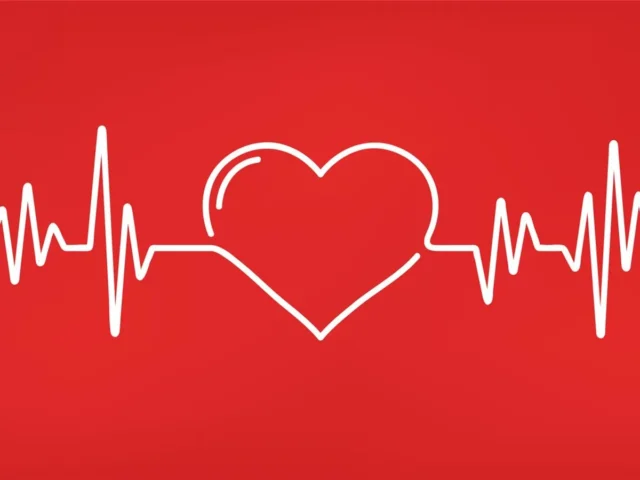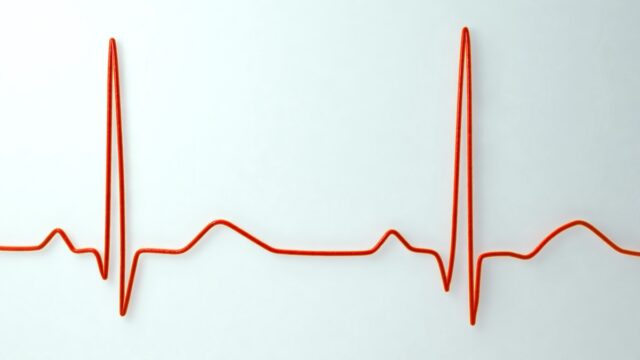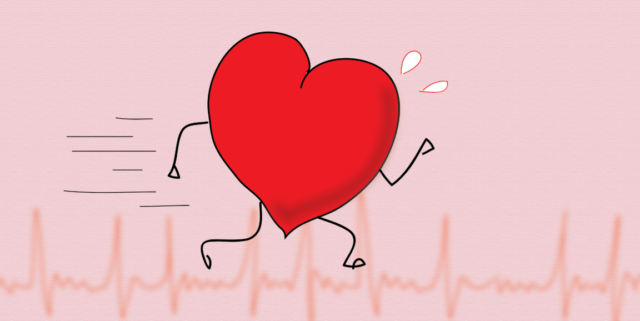
Most people know that heart rate variability – or ‘HRV’ for short – has been applied in hospitals for monitoring critical conditions of patients. But, when it’s utilized to its full extent, it can provide you with useful insight revolving around how well your body is dealing with physical activities such as exercising, which is why most athletes use apps that can help them get accurate readings.
The entire process of measuring HRV is quick and simple, which is why a lot of people have misconceptions about whether or not such readings are correct. No matter if you want to measure your HRV or if you simply want to read more about it, here are the top 6 misconceptions people have about this type of analysis:
Misconception 01: It Should Be Done While Lying on a Flat Surface
Truth: Experts Recommend That You Stand or Sit Down.
Although most people believe that their HRV needs to be measured while lying down, this isn’t entirely true. If you’re on a flat surface, you could end up causing “parasympathetic overload”, which, in most cases, makes the results tricky to evaluate and understand. This is why most experts in the industry recommend that you go through the process while you’re sitting down or standing – which is especially important if you have a low resting HR.
Besides this, it’s also worth mentioning that you have to remember to retain a straight posture and breathe properly while the exam is ongoing, mostly because both of these can actually impact the outcome you receive in the end. You must know, there is a wide range of apps such as Welltory, all of which will guide you throughout the process, meaning that it’ll give you hints on what you should do to get accurate readings.

Misconception 02: It Won’t Reveal Anything Except My Resting HR
Truth: It’ll Actually Indicate So Much More.
In most cases, a high HRV result will show that you’re overtraining your body and by the moment you find out about it, the damage most likely cannot be reversed. This is due to the fact that your resting HR influences your neuro system parts – more specifically, the ‘parasympathetic’ and ‘sympathetic’ branches – and, of course, the hormones that have already been released and that are circulating your blood.
But, with HRV, it’ll provide an exact and precise measurement of these branches, which are more commonly regarded as the “rest & digest” systems. What can this tell you? Well, since it’ll directly examine the branches in question, it’ll provide you with a more precise tension and recovery reading, a better one than a heart rate analysis, meaning that if you measure it frequently, you’ll get an earlier warning.

Misconception 03: It’s Better to Measure it Whenever Possible Than to Not Measure it at All
Truth: It’s Best to Measure it When You Wake up.
If there is one thing that you need to take away from this list, it’s the fact that you need to measure your HRV as soon as you wake up. Now, keep in mind, since there will be a cortisol response to your waking up, the reading will be different if you choose to do it again later during the day. If you cannot do the analysis within an hour of you waking up or when you usually do it, don’t bother to go through the process later on since the results won’t be accurate.

Misconception 04: Variations in The Results Reflect My Training Load From The Prior Day
Truth: Nope, It’ll Provide You With a Complete Load For a Week
There is no denying – if you opt for going through a tough exercise session, you’re average heart rate variability will definitely change, however, things aren’t always that easy, and if they were, you wouldn’t even have to know what your HRV levels are. This is why you should examine your ‘Total Load’ for one week, which is information on the HRV for one week. So, what exactly does the Total Load measure?
Well, it’s basically a summary of the psychological, bodily, as well as nutritional strain on the body. All of these things will affect the HRV reading, hence, it’s always better if you opt for looking at this information. Also, a wide range of studies concluded that the lower the other causes of strain and stress are, the harder, longer, and better you could train, hence, the daily results won’t actually display the exercise load from the prior day.

Misconception 05: The Measurements Should Take At Least 5 Minutes
Truth: It Can Be Done in Less Than a Minute.
This is, perhaps, one of the biggest misconceptions people have about these important measurements. Now, there are apps that’ll require you to sit or stand for more than 5 minutes until the analysis is completed, however, with improvements in technology, people can now obtain the results they need in less than 60 seconds. This is one of the main reasons why all people should try out different apps or devices before settling for one that they’ll actually use.

Misconception 06: High HRV Results Are Better Than Low Ones.
Truth: This is True, But Only in Ceratin Situations.
Although this could sometimes be correct, it doesn’t need to be in your case. After you increase the amount and difficulty of your exercise sessions, your body will most likely get a bit weary of producing hormones such as adrenaline, implying that it’ll become less susceptible to it, mostly because it’ll be trying to protect itself. This will lower your resting and exercise HR, which is why the HRV might be extremely high. A good app will tell you if it’s unusually low or high, hence, ensure that you utilize an approved and reliable app such as Welltory that you can get on app store.

Conclusion
A lot of people think that HRV readings are similar or even the same as traditional HR reading, but this isn’t entirely true, especially since this type of analysis can provide you with so much more information that you could use for adjusting your exercise and training sessions according to the state your body is in.
Since you now know and comprehend more about the entire method of examining your HRV, you might not want to lose any more of your time. Instead, you should start looking for an HRV measuring app that’ll provide you with the results you need, and from there, you’ll be able to adjust your training load to suit your body.












